One of the great joys of walking around most Canadian cities is seeing the incredible variety of architectural styles found in the country. While some are local examples of international styles, others are uniquely our own. How did these styles come about? Let’s take a look at some of them.
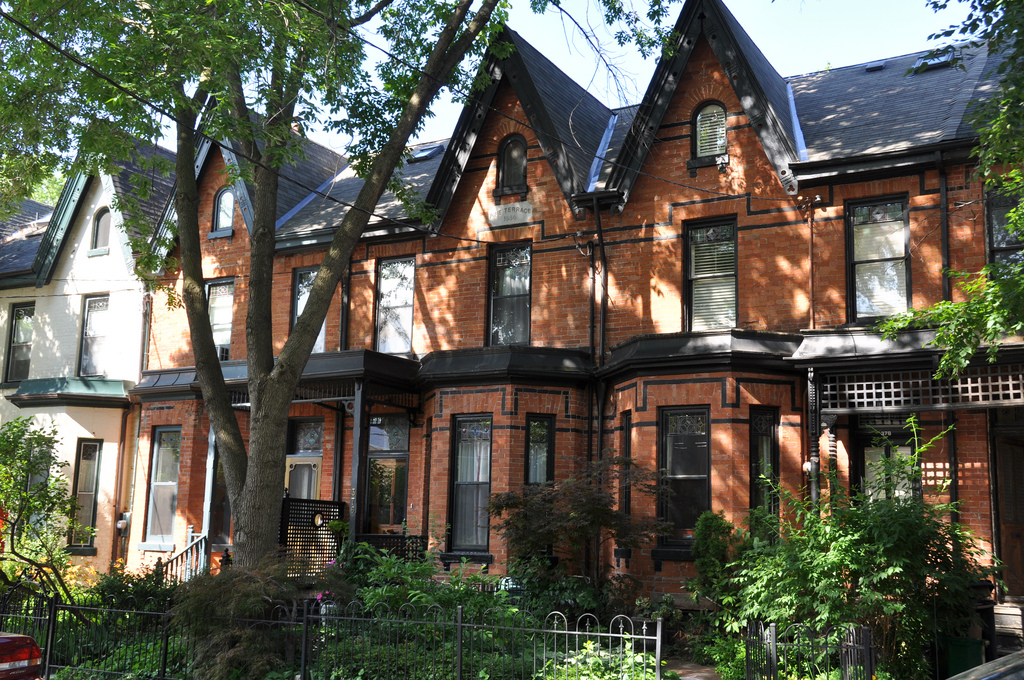
Bay-and-Gable Houses: Toronto, ON
The bay-and-gable style was popular in Toronto in the 1870s and is unique to the city. Long and narrow lots determined the shape of the houses while the large bay windows let in light. The gables were a nod to the Gothic Revival style popular in the Victorian era.

Georgian Buildings: Toronto, ON
The Georgian or Georgian Revival style of architecture came to Upper Canada in the late 18th and early 19th centuries via British immigrants and Loyalists who moved to the region from the newly independent United States. It showed solidarity with Britain and was popular with Toronto’s elite long after it became unfashionable elsewhere.
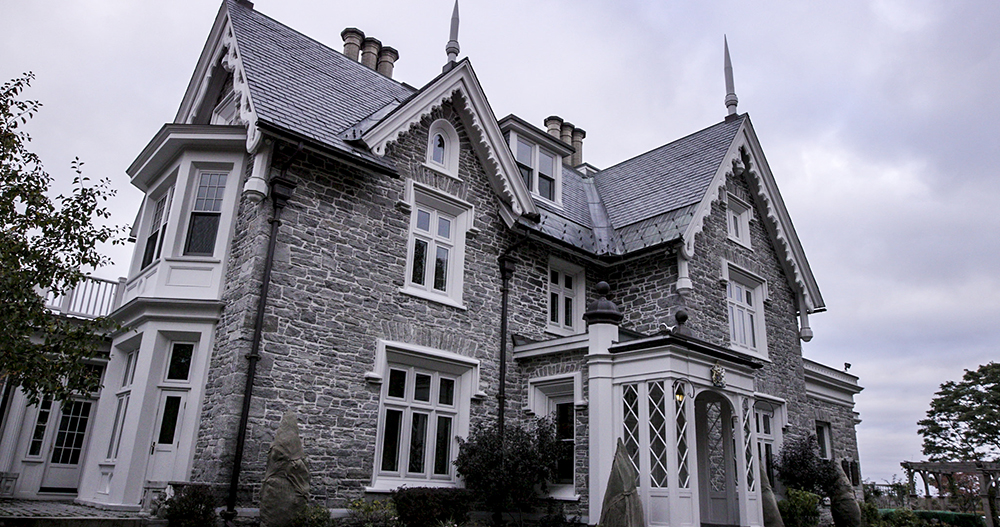
Neo-Gothic Buildings: Ottawa, ON
The ornate Neo-Gothic or Gothic Revival style was very popular in the Victorian era, so when Ottawa became Canada’s capital in the mid-19th century, it was only natural that the country’s new federal buildings would be built in this style. The buildings on Parliament Hill are among the most prominent examples of Neo-Gothic architecture in Canada. Pictured here is Earnscliffe Manor, the home of Canada’s first Prime Minister, Sir John A. MacDonald. See here for a full tour.
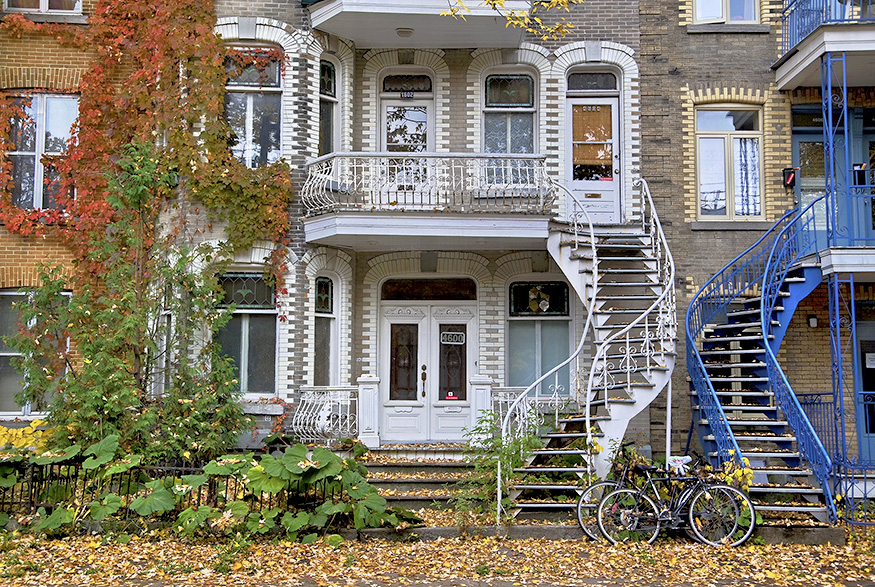
Plexes: Montreal, QC
Ubiquitous in neighbourhoods such as Le Plateau-Mont-Royal, Montreal’s plexes are apartment buildings, usually three storeys high, with characteristic outdoor staircases. The buildings are a mix of French-Canadian and Scottish influences, and the staircases were twisty due to space constraints.
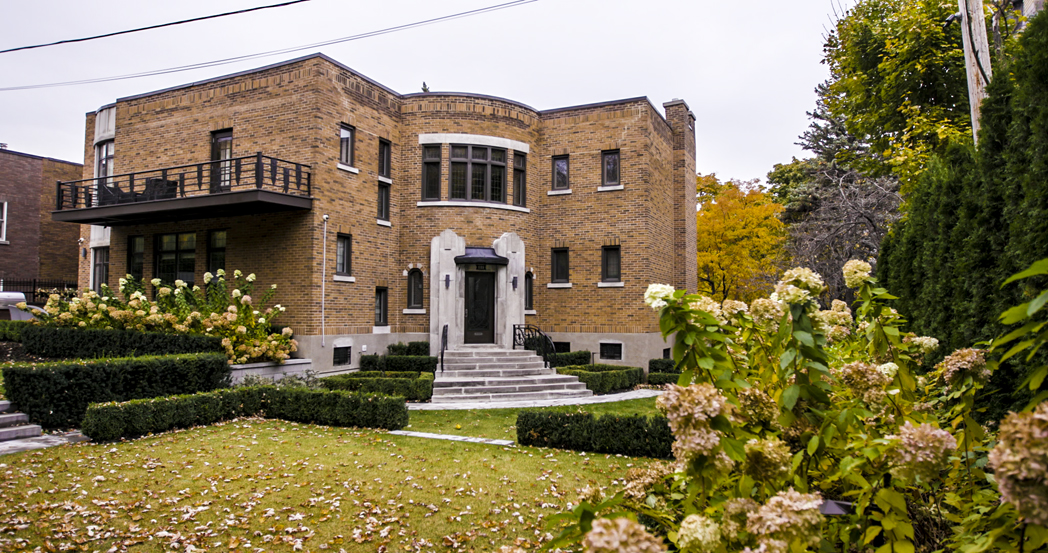
Art Deco: Montreal, QC
In the 1920s and 1930s, Montreal was one of the many cities in the world that embraced the blend of the exotic, the modern and the decorative known as Art Deco. The style was used in public buildings, office buildings, theatres, apartment blocks and residential homes, many of which (such as the Grassi House, pictured here) are still standing today.

Colonial Style: Quebec City, QC
In Quebec City’s early days, the colonialists were forced to adapt the architectural styles of their native France, where Classicism was all the rage, to the local climate and building materials available. The result was a toned-down version of French Classicist architecture better suited to New France, characterized by two-storey stone buildings with steep roofs.
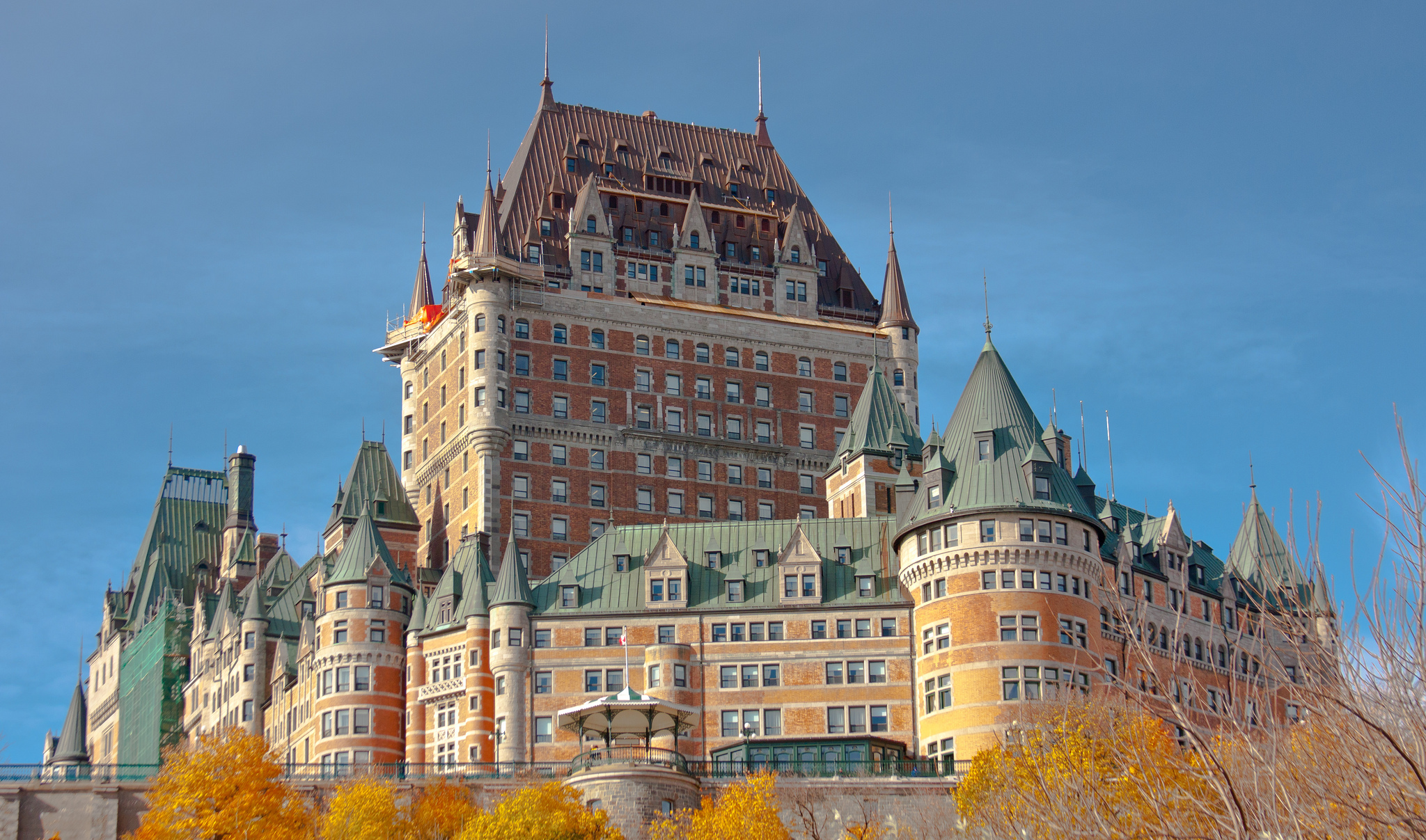
Château: Quebec City, QC
The château style was a uniquely Canadian architectural style that combined elements from Scottish baronial and French château architecture, complete with turrets and towers. It was the signature style of the grand railway hotels, earning it the name “Railway Gothic”, with Quebec’s Château Frontenac the most famous – and most photographed – urban example.

Scottish Dormers: Halifax, NS
An architectural element common in older houses in Halifax is the Scottish five-sided dormer, which is unique because most dormers have only three sides. The five-sided dormer style was brought to Nova Scotia by Scottish immigrants.
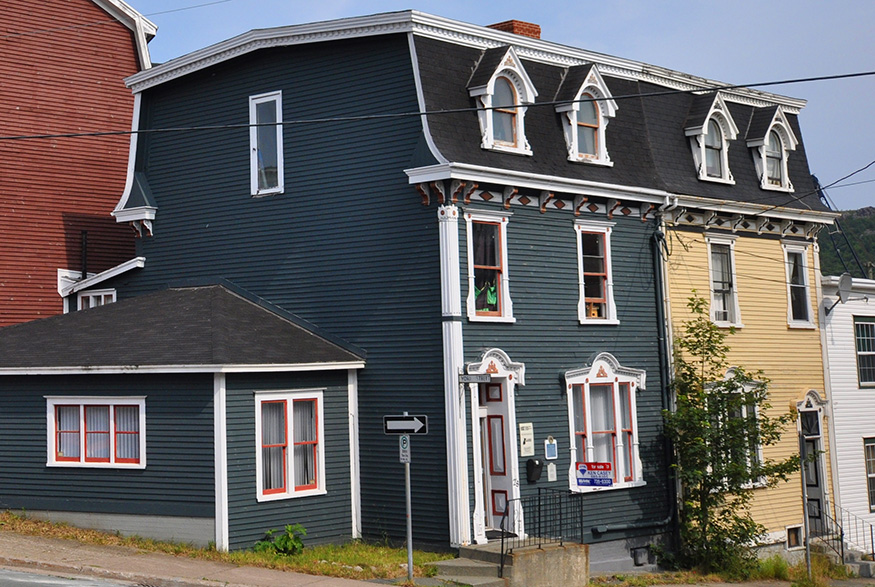
Southcott Style: St. John’s, NL
After nearly all of downtown St. John’s was destroyed by fire in 1892, many houses were rebuilt in the Second Empire style popular at the time and boasting a mix of earlier architectural design elements. The architectural firm J. & J.T. Southcott introduced this style to the city, where it quickly became known as “Southcott style”.
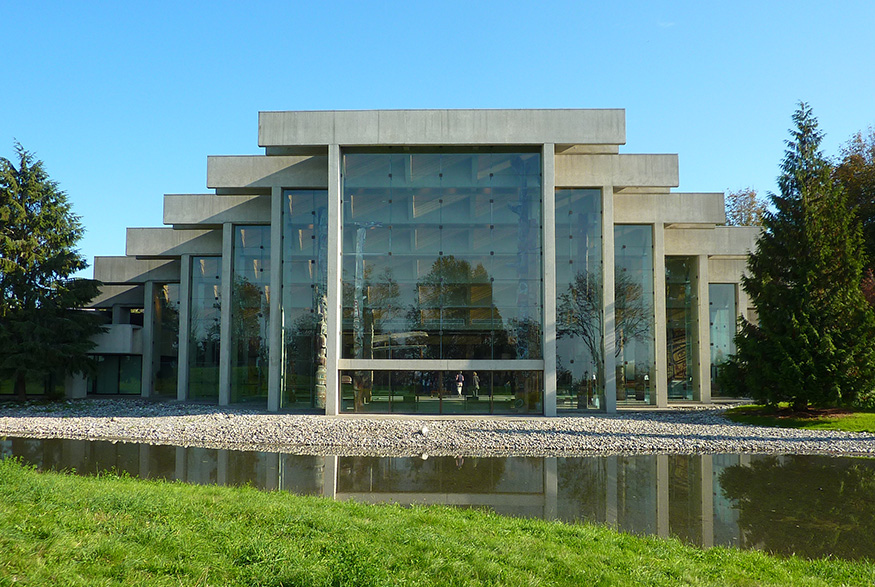
West Coast Style: Vancouver, BC
The West Coast Style is a variation of modernism that emerged in the Greater Vancouver Area in the 1940s. Flat roofs with generous overhangs for the rainy climate, large windows to maximize sunlight and the stunning views, unpainted exteriors, the use of natural elements and open floor plans are the main characteristics of this architectural style.

Craftsman Homes: Vancouver, BC
The Craftsman style developed in the late 1800s and was popular until the 1930s. Houses in this style were simpler than those of the Victorian era because they were geared more toward the middle class. Designs tend to be symmetrical with a front porch under an extended main roof.
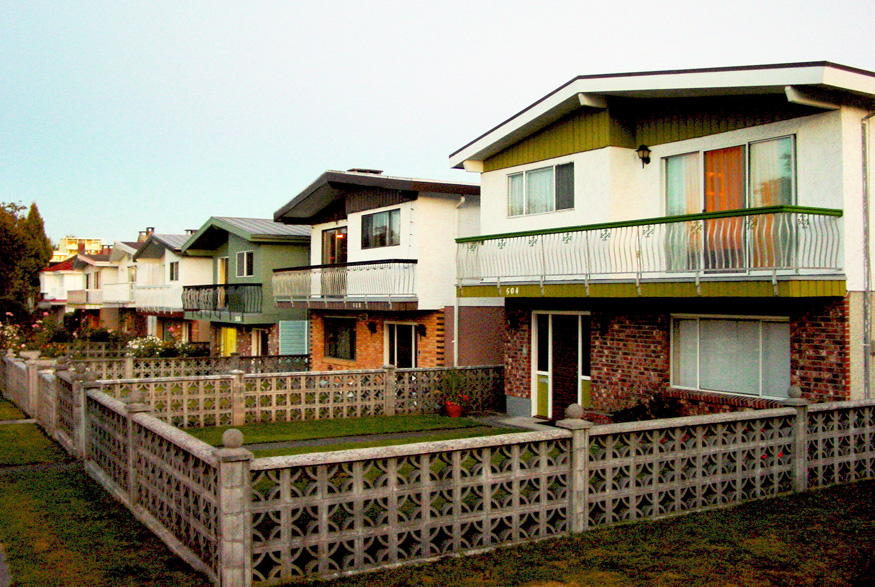
Vancouver Special: Vancouver, BC
The Vancouver Special isn’t the most attractive architectural style in our collection, but these homes were cheap, solid and could be built quickly. Vancouver Specials first started popping up in the mid-60s. They’re generally two storeys, with a brick or stone finish on the lower level and a balcony with stucco walls on the top. The layout of these homes made it easy to have a secondary living area for relatives.
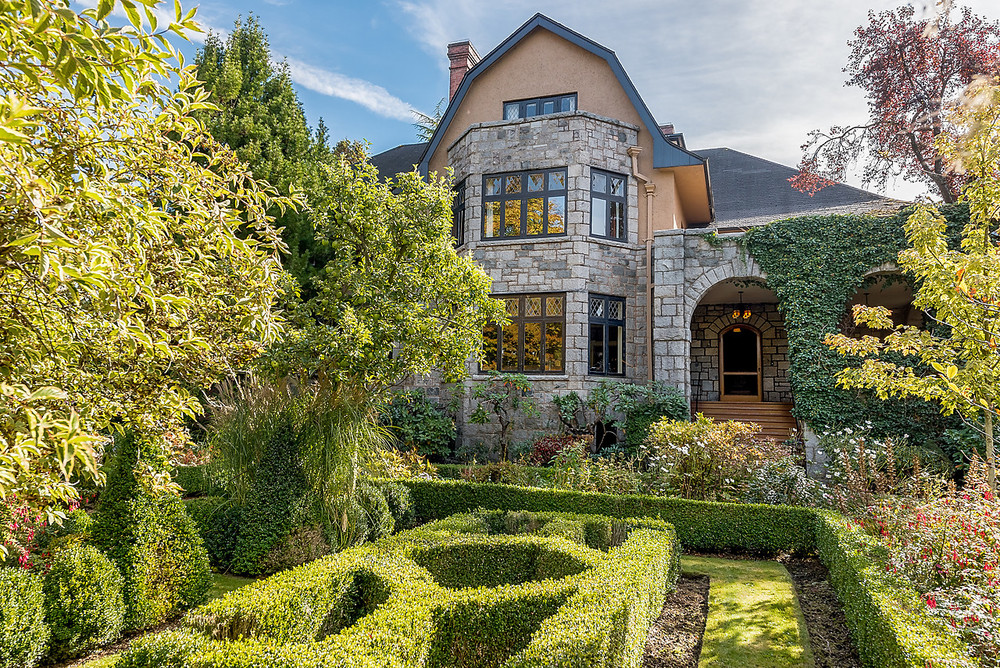
Groomed Gardens
The spectacular gardens are a predominant feature of an Arts and Crafts building. The style originated in England where groomed and extravagant gardens were a main design feature.
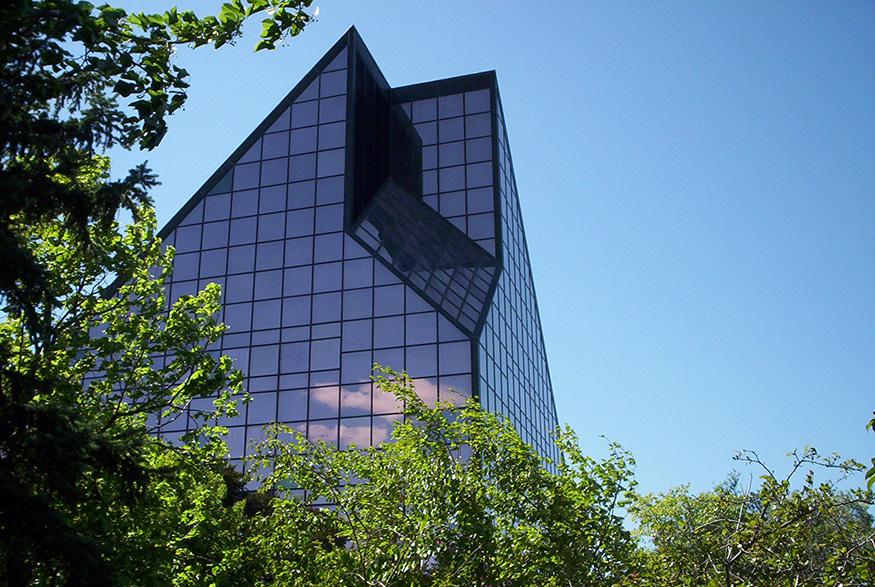
Modernism: Winnipeg, MB
In the mid-20th century, Étienne Gaboury graduated from the University of Manitoba and went on to become a celebrated architect, bringing his modernist vision to Winnipeg. Gaboury’s works in the city include the Royal Canadian Mint building (pictured), the Esplanade Riel and the Precious Blood Church.
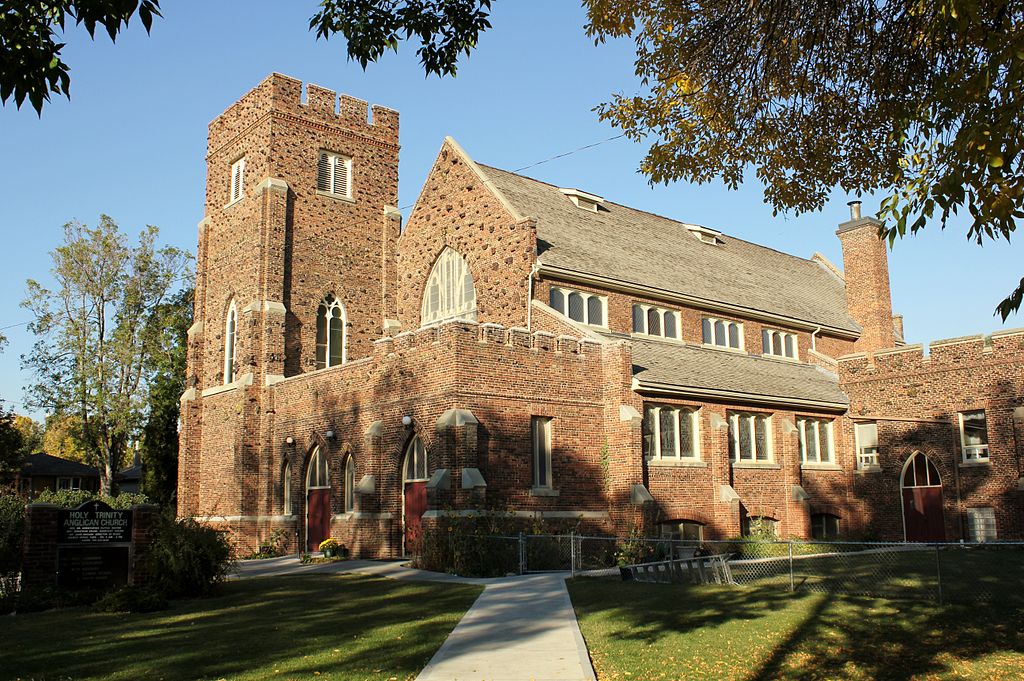
Clinker Buildings: Edmonton, AB
Unique to Edmonton’s architectural heritage are the city’s many buildings constructed with overcooked clinker bricks. Elsewhere these rough, irregular and multicoloured bricks were considered garbage, but in Edmonton they were very popular from around 1910 to the 1930s and used in various architectural styles.

Neoclassical Mansions: Saskatoon, SK
Not quite as popular as the Neo-Gothic style that was de rigueur at the time, Neoclassicism nevertheless spread to Canada and architects from the East soon brought the style to burgeoning Prairie cities like Saskatoon. Neoclassicism was inspired by ancient Greek and Roman architecture with its many pillars.
Home Network your inbox.
By clicking "SIGN UP” you agree to receive emails from Home Network and accept Corus' Terms of Use and Corus' Privacy Policy.




